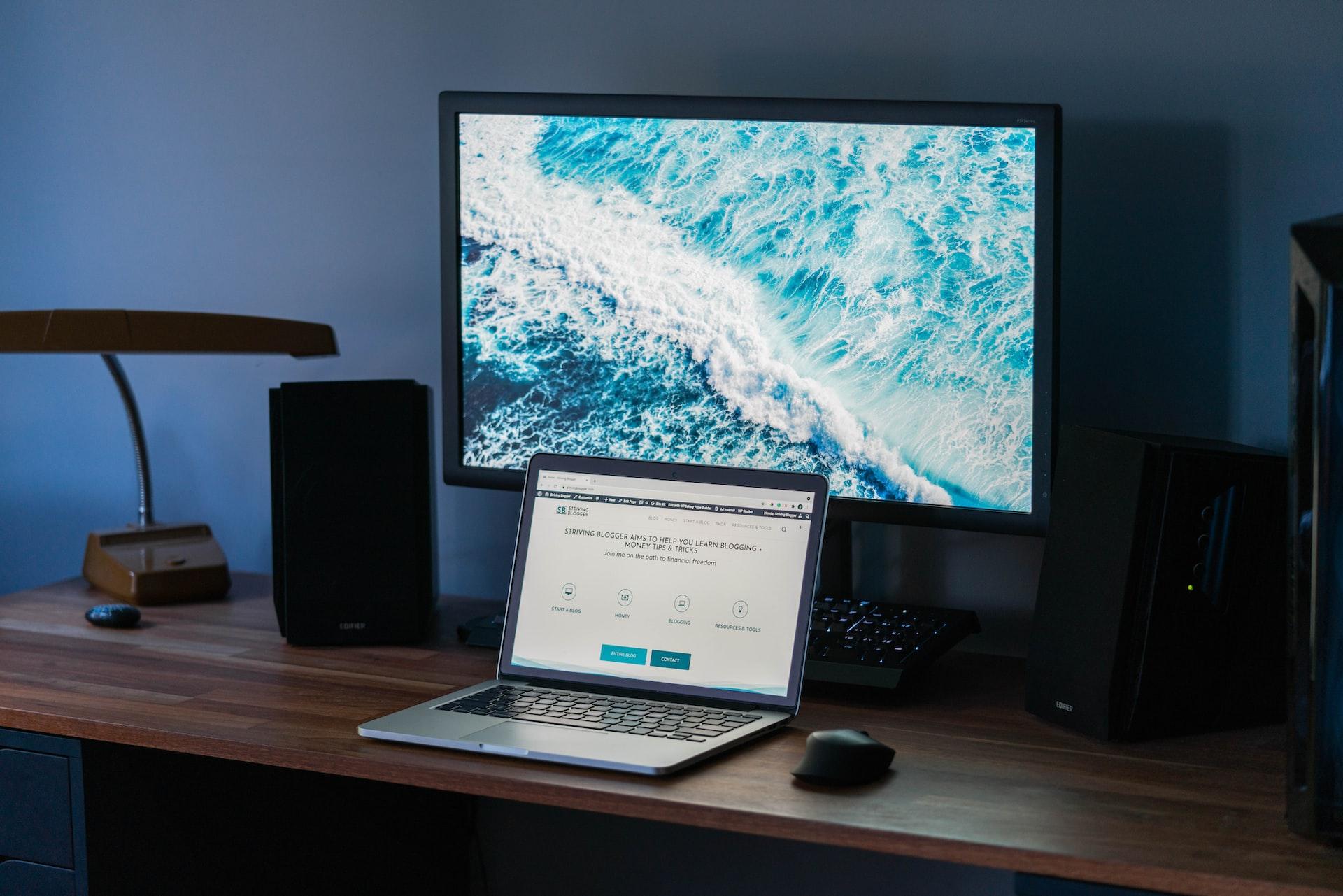SEO Blog Checklist: Everything to Rank on Google in 2022

If you’re researching SEO, chances are you’re writing content that you hope ranks above other similar articles. At the internet has grown and evolved, so has the way Google ranks and indexes written content. As a digital marketing agency, we’re giving the secret to our client’s success with our SEO blog checklist we use before posting all blog content.
We’re going to go over each item with an in-depth description on WHY it’s important and is included on our SEO blog checklist for 2022. If you’d like to skip ahead to the checklist, there is a downloadable PDF at the end of this article for free.
1. Word Count
The first thing you want to check before hitting the ‘publish’ button is the length of your content. Years ago, the length of blog content didn’t matter as much to Google. Instead, the search engine was focused on how many times you were posting. In 2022, it’s the complete opposite. Posting too much content that is short and lacks detail can do more harm than good. If you are writing articles to rank, you should ensure your blog is at least 1000 words.
2. Yoast SEO
There are plenty of SEO plugins and tools out there, but Yoast SEO happens to be the most popular for WordPress. We recommend using either the premium version of Yoast SEO or SEO press. Both have fantastic SEO features, including adding multiple focus keywords to a blog post. When writing your blog, you’ll want to sure the title, meta description, and focus keyword(s) are filled out and in the green. If you do not have a WordPress website, that is another factor consider moving forward if you want your blog content to rank on Google. Drag & drop website platforms such as Squarespace & Wix lack many additional optimization features that makes it more difficult for content to rank.
3. Tags
This one is fairly common and well-known, but always make sure tags are added to the post. Don’t think of tags as single word entries, such as “puppy,” “dog,” or “dog food.” Instead, tag relevant longer tail keywords that are important to your article, such as “best dog food,” “best healthy dog food,” “dog food for puppies.”
Every post should have 10-15 relevant tags related to both your post and your website.
4. Internal Links to Pillar Pages
Think of your website as a content tree. At the top, you have a homepage. Below your homepage, there should be a set of highly important pages that act as your top pillar pages that content should consistently link up to. For example, a lawyer will have a homepage and the pillar pages might be all the services offered at the law firm, such as family law, personal injury, business law, or estate law. The same lawyer writing an article on child custody should always link within the blog post to the family law services page. The blog should also internally link to any other additional relevant content from past articles. Solely linking to the homepage or contact page does not maximize SEO benefits in 2022, which is why linking internally to pillar pages should always be on your SEO blog checklist.
5. Alt Tags
Always check and ensure images throughout your piece have tags. Because Google can’t read a picture, the alt tag tells it what the picture is. To maximize SEO benefits, alt tags should be one of your article’s focus keywords or a general keyword for the blog or business. For example, this is an article on SEO blog checklists, which means some alt tags will be our focus keyword (SEO blog checklist) and possibly a few additional keywords surrounding the same topic.

6. Headings
The blog should have no one than one H1 tag, per Google’s 2022 algorithm adjustments. If you have multiple headings throughout your article choose your main heading (preferably with a keyword) to be your H1 tag. The rest of the headings can still be bold and big, but chose to make them H2 or H3 instead.
7. Imagery
Blogs should be at least 1000 words, but they also should be lacking imagery and content that is engaging and visually appealing to readers. Blogs that appear too text-heavy can deter readers from engaging in the content. Break up every couple hundred words with some sort of multimedia, whether that be an image, video, or infographic.
Also, avoid using stock imagery if possible. This has nothing to do with SEO, but blogs with heavy stock images tend to have higher bounce rates.
8. Categories
Always separate content into categories. This can help people find related content on your website and also help SEO for the specific category pages, as strong categories tend to have better ranking power on Google. In fact, these pages that are well optimized and added to frequently have the potential to be some of the highest traffic drivers to a website.

9. Check the URL
The URL/slug of the blog post should be short and include the piece’s focus keyword. The URL will automatically pull based on the blog’s title, but it’s always good to double-check it and adjust it if needed before publishing the content. For example, if the blog is titled ‘SEO Blog Checklist: Everything You Need to Know to Rank on Google in 2022,’ the default slug would be https://senditrising.com/seo-blog-checklist-everything-you-need-to-know-to-rank-on-google-in-2022.
You can probably see the URL slug is long and has a lot of unnecessary words. The SEO keyword for the piece is the SEO blog checklist, so the URL was shortened to https://senditrising.com/seo-blog-checklist.
SEO Blog Checklist: Everything to Complete to Rank on Google in 2022
Click on the PDF below to download a FREE SEO blog checklist to help optimize future content on your website.







Leave A Comment